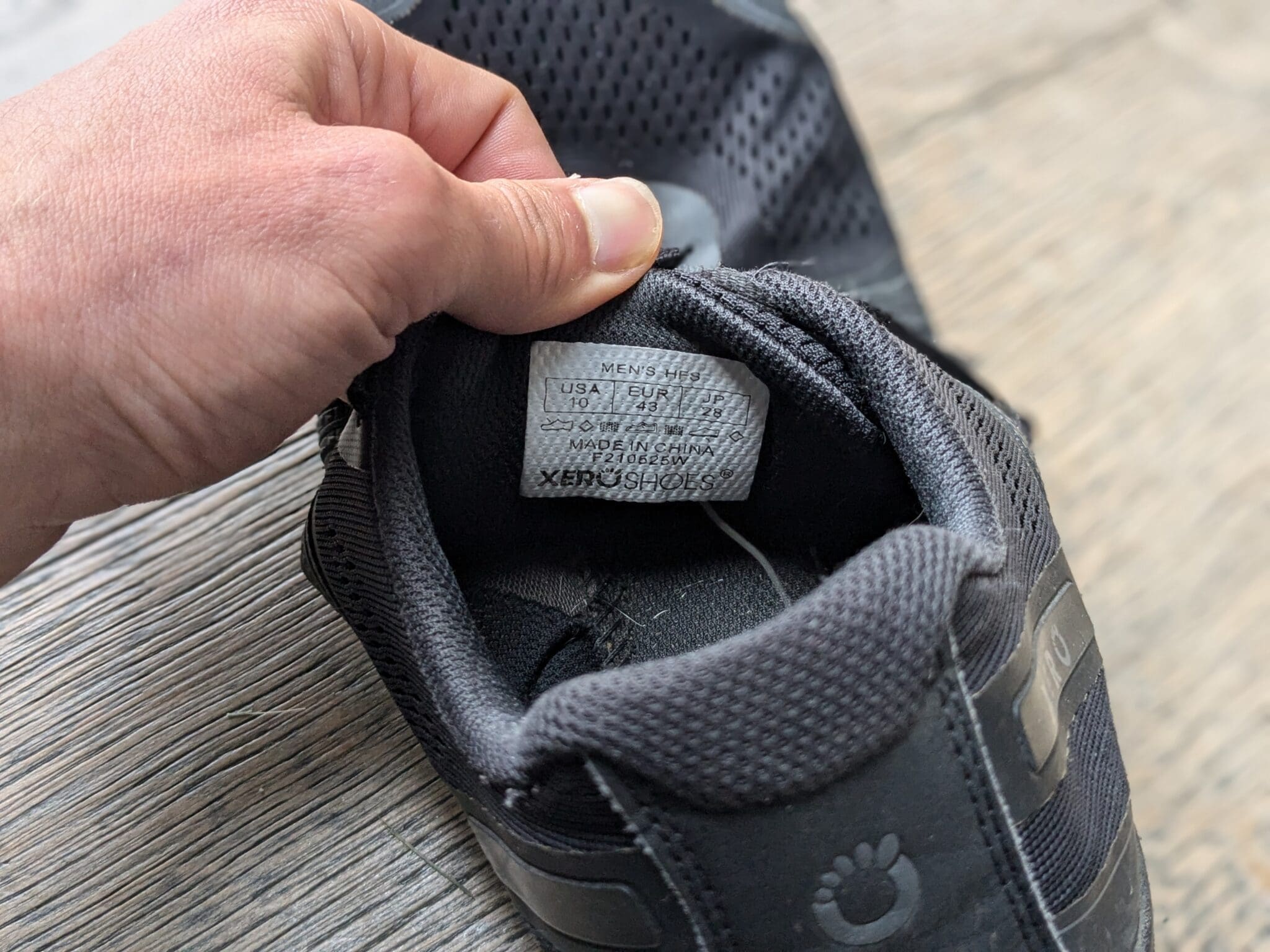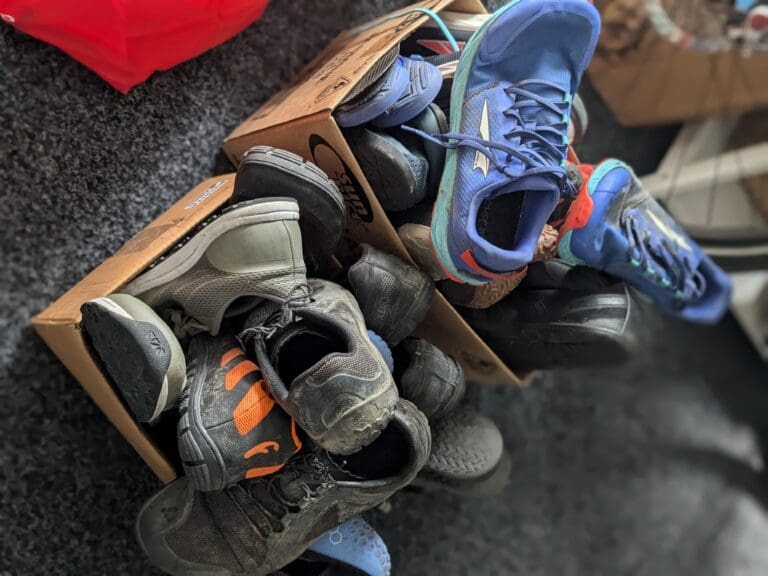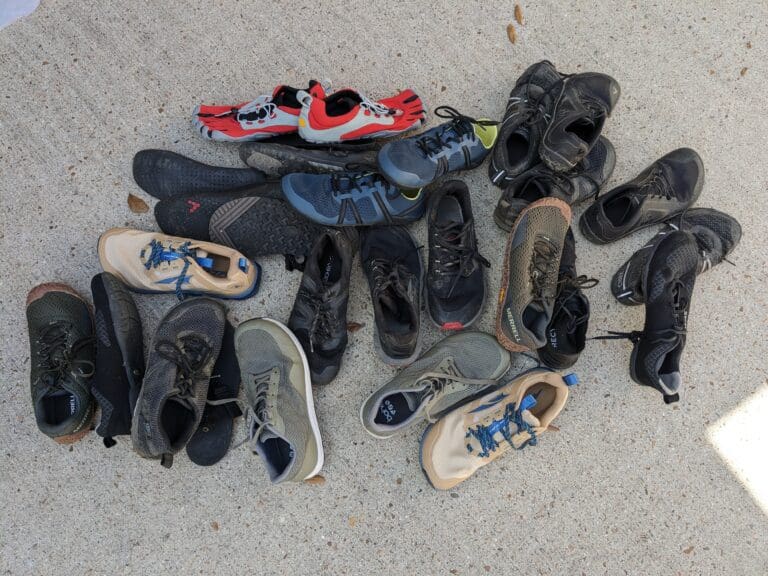Figuring out shoe sizing can feel like an endless puzzle.
If you’ve ever tried converting your shoe size between US, EU, and UK systems, you’ve probably noticed they just don’t match up perfectly.
The truth is, these sizing systems are more like rough guidelines than an exact science—each one has its quirks, and none of them directly corresponds to the other.
To make things even trickier, there’s no universal standard for shoe sizing worldwide. Each system developed independently, leading to frustrating discrepancies. Yes, we could use a measurement system like centimeters, and some brands do, but that doesn’t tell the full story either.
But let’s first tackle the tricky question of “why” the different shoe measurement standards.
To understand why shoe sizing can be such a headache, it helps to know a bit of history. The US, UK, and EU sizing systems evolved separately, reflecting their regions’ preferences and measurement conventions. It’s worth noting there are more standards out there, but I’ll be focusing on these three here.
First, the UK and US standards are almost identical but differ only where the starting point originates, i.e., size 1. For each standard, every full size is a ⅓ of an inch increment, and in the past, this would have been referred to as 1 barleycorn. As you might have guessed, the measurement originated from the size of a single barley kernel!
To add to the confusion, the UK uses the same sizing system for men and women, whereas the US system differs. Here’s a simple way to convert between UK and US sizes.
- Mens US = Mens UK + 1
- Womens US = Womens US + roughly 1.5 to 2
As I’ll explain later, this is not an exact science, but these approximations usually work well.
The EU system takes a more modern yet equally confusing approach. Each sizing increment is 0.75cm for both men and women. Oh, why can’t we just use cm……
With me so far?
Because the US/UK and EU are designed on different metrics, converting between the two is very tricky. This is best explained as a graph.
Let’s take the women’s conversion from EU -> US first. An EU42 is almost perfectly a US10.5. That’s simple.
But now look at EU39. It equates to US8.2. However, shoe companies never mark a shoe measurement as US8.2 but instead mark the shoe as US8. If you’re expecting a true US8, it may feel a little long.
Do you see the problem now?
Different Brands, Different Standards
To add to the confusion, different brands build on different sizing standards.
Brands like Xero Shoes and Altra build with the US standard in mind. So, whereas the shoe may fit perfectly as a men’s US9, it’s debatable whether it should be listed as an EU42, EU43, or even EU42.5.
On the other hand, brands like Freet and Vivobarefoot use an EU standard. So, the exact opposite is true. Is an EU42 a men’s US9, or is it a US8.5?
Which minimal running shoe is for you?
Take a quick 5-question quiz to identify the perfect minimal running shoe for your feet! You'll get both road and trail options based on your answers!
Some brands also have their own internal sizing tweaks, which means they can deviate even further from general standards.
One brand’s US size 9 might have more toe room or a different heel width than another’s. This is especially common in specialty shoes like barefoot or minimalist shoes, where the brand’s priority is often natural foot shape and movement rather than sticking to rigid sizing rules.
The biggest issue with relying only on these sizing systems is that they don’t capture all the factors that affect how a shoe fits.
Length is just one aspect—width, depth, and shape are equally important.
Two shoes of the same size can fit very differently depending on these other factors. This is crucial for barefoot shoes, where a good fit should let your foot move naturally, which often requires more than just a number.
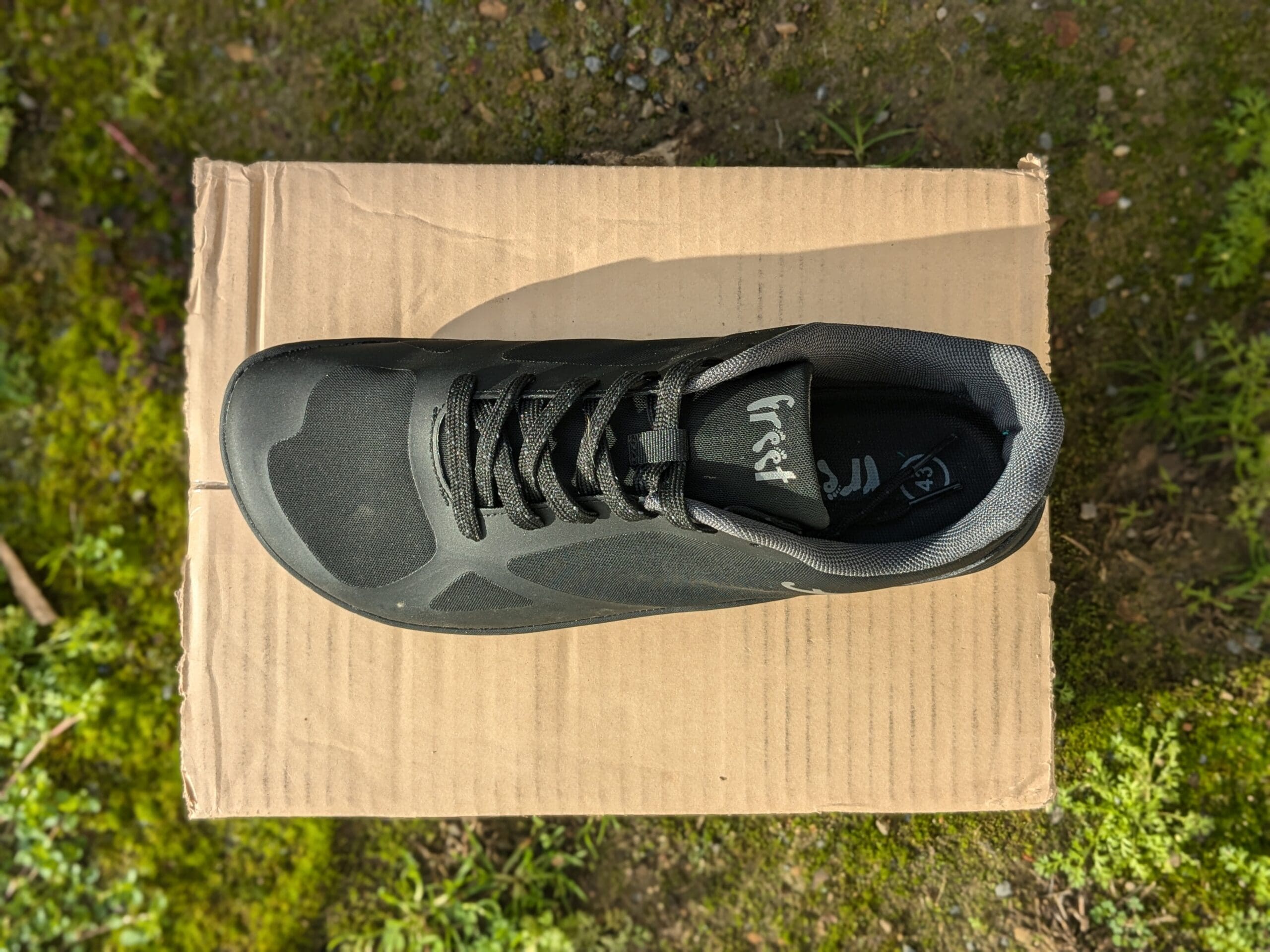
Width Matters
Width is often overlooked when it comes to shoe sizing. Most systems—US, UK, EU—don’t standardize width, meaning a size 9 can come in narrow, regular, wide, or extra-wide, depending on the brand.
If you’ve got wide feet, a “standard” size might feel tight, especially in the toe box.
Brands like Altra are known for offering wider toe boxes, which allow your toes to spread out naturally—essential for balance and comfort, especially when running or walking.
On the flip side, a regular-width shoe might feel loose if you have narrow feet, leading to less stability and even blisters. Brands that cater to a broad audience might not offer the width variations that some people need, forcing them to either compromise on comfort or seek out specialty brands that fit better.
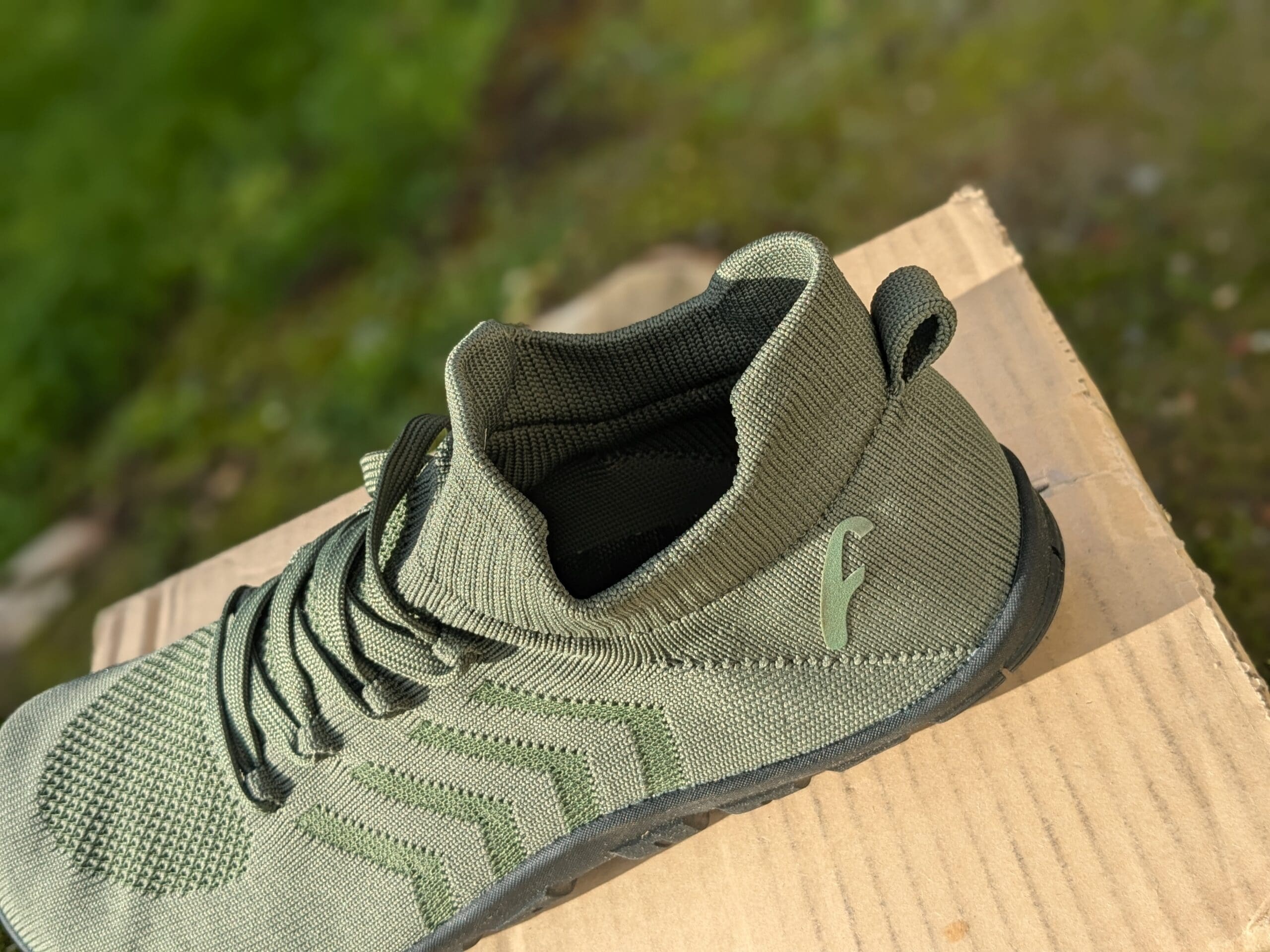
Depth/Volume
Depth/volume is often a key overlooked factor. Depth refers to the vertical space inside the shoe—how snugly it fits over the top of your foot.
Shoes with more depth work better for people with high arches or higher-volume feet, providing enough space without squeezing. Too much depth can make the shoe feel sloppy or unstable for those with flatter feet or lower arches.
You’ll know when the depth is wrong because the length and width could be perfect, but you have to overtighten the lace to the point where the upper is bunching up. This indicates there is too much depth.
Or the opposite can happen; it can feel like you’re bursting out the top of a shoe –you might even need to loosen the laces to fit in the shoe.
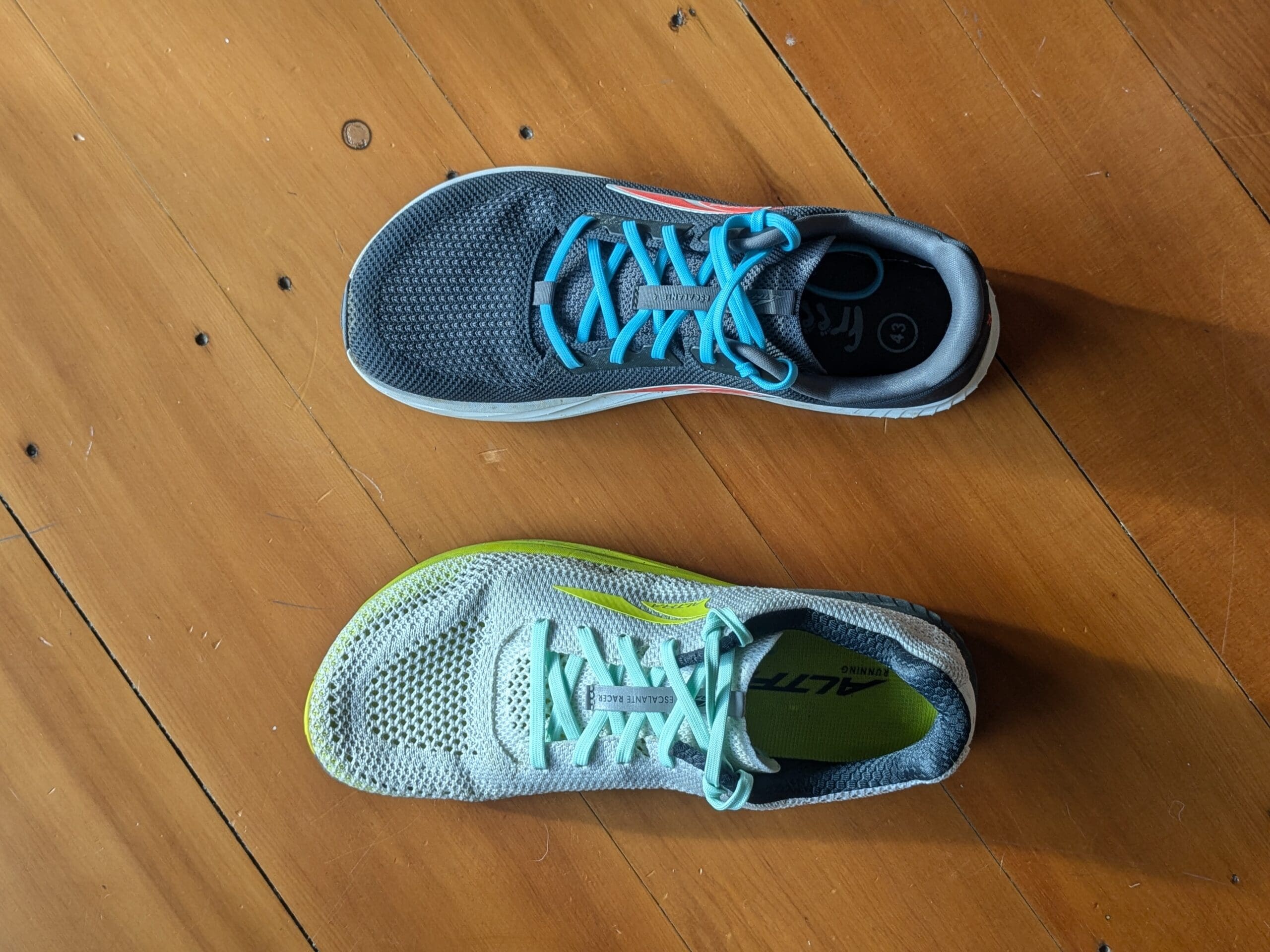
Shape: Toe Box and Heel Fit
The shoe’s shape is another critical aspect that sizing numbers can’t capture. The design of the toe box, for instance, has a major impact on comfort. Barefoot and minimalist shoes tend to have a wider toe box, letting your toes spread naturally, while conventional running shoes have a tapered design.
Heel fit also varies a lot between brands. Some shoes have a snug heel cup, which can work for some people with skinny, bony heels. But if you’ve got broader heels, you’ll have to find a heel cup that is wider and more forgiving.
Some people find that using direct measurements in centimeters can help achieve a more consistent fit, but even this method has limitations.
Barefoot brands often list the length of the shoe on their websites in centimeters. This measurement can be useful because you can compare it directly to the measurements of your foot.

However, you should pay extra attention to the measurements the brands are referencing. A good-fitting shoe should leave some extra space at the end—enough for your toes to move comfortably. Some companies account for this when providing their cm measurements, and some don’t, so it’s worth checking how they define their sizing.
Using centimeter measurements might seem foolproof, but there are still variables to consider. Foot length can change slightly throughout the day because of swelling, meaning a shoe that fits perfectly in the morning might feel tight by evening.
Considering all these factors—length, width, depth, shape—the best way to know if a shoe fits is to try it on.
I know it’s tricky in today’s internet world, so I try to give comprehensive advice in my reviews around sizing. But truthfully, you’ll only know if the shoe is right once it’s on your foot.
When trying shoes, walk around in them, mimic the activities you’ll be doing, and pay attention to how they feel in every part of your foot.
Remember to lace the shoes as you would when doing your chosen activity. Slipping your foot in is not a good indication, nor is standing on the insoles!
Try adjusting the lacing and even trying a lace lock if you need a little more security.
Lastly, you can adjust a shoe’s depth by simply switching insoles. If you need more space, you could remove the insole completely. Or, if you want to fill the shoe out a little, you could find a thicker insole to fill some space.
The Bottom Line
Shoe sizing is anything but straightforward—different systems, brand-specific fits, and factors beyond length all determine whether a shoe will be comfortable.
Take the time to understand each brand’s sizing approach, and if you can, try different sizes to find what works best for your feet. A well-fitting shoe is essential for keeping your feet healthy and comfortable, especially for barefoot and foot-shaped shoes.
Remember, the best shoe for you is the one that feels right—not necessarily the one that matches a specific number on a chart.
